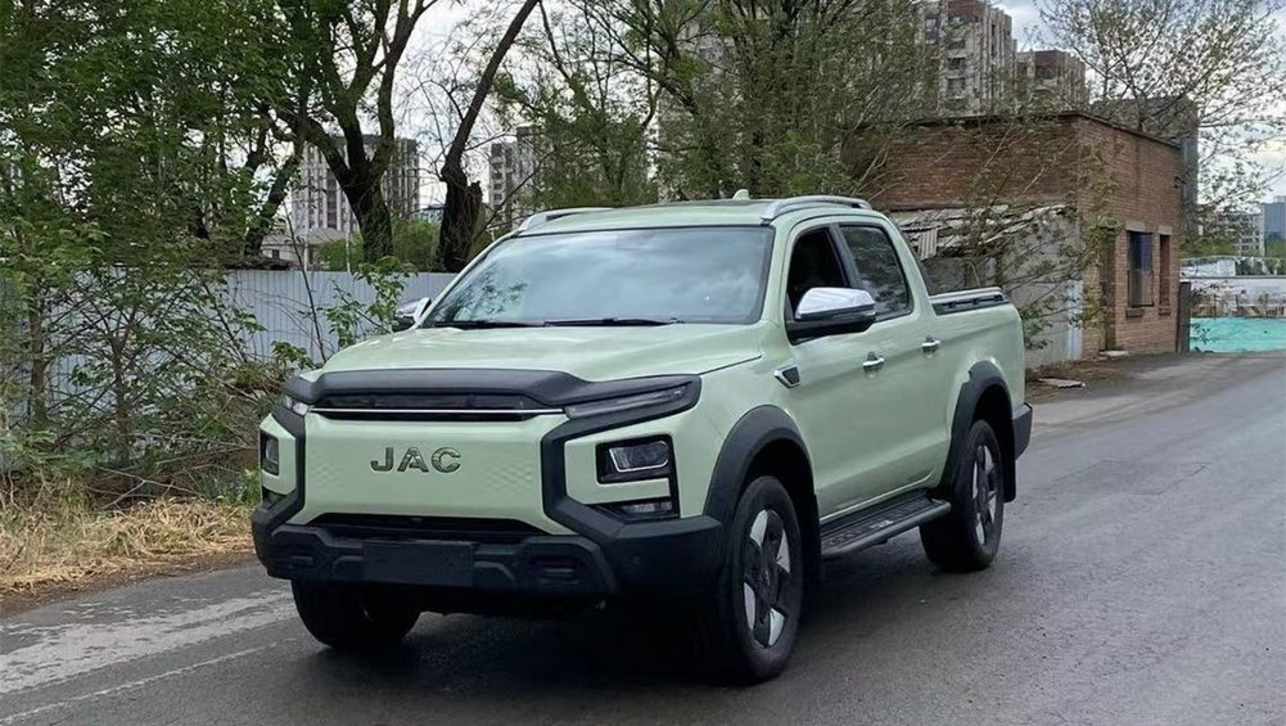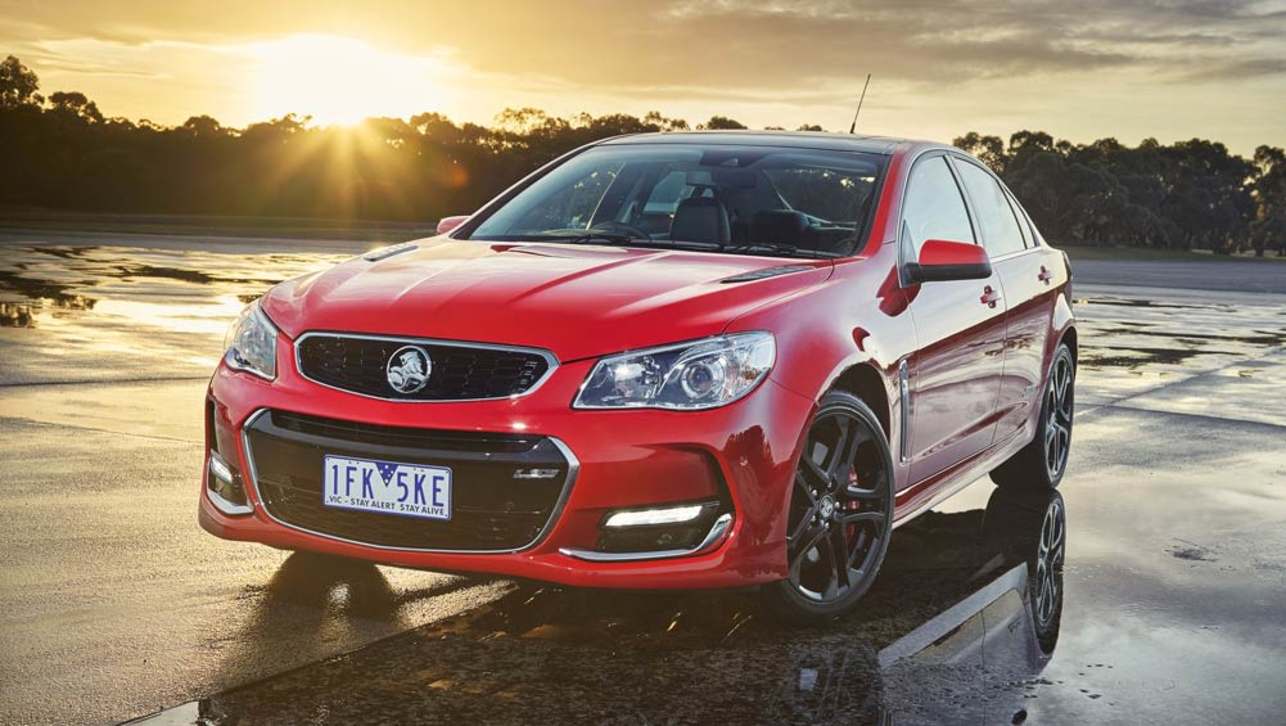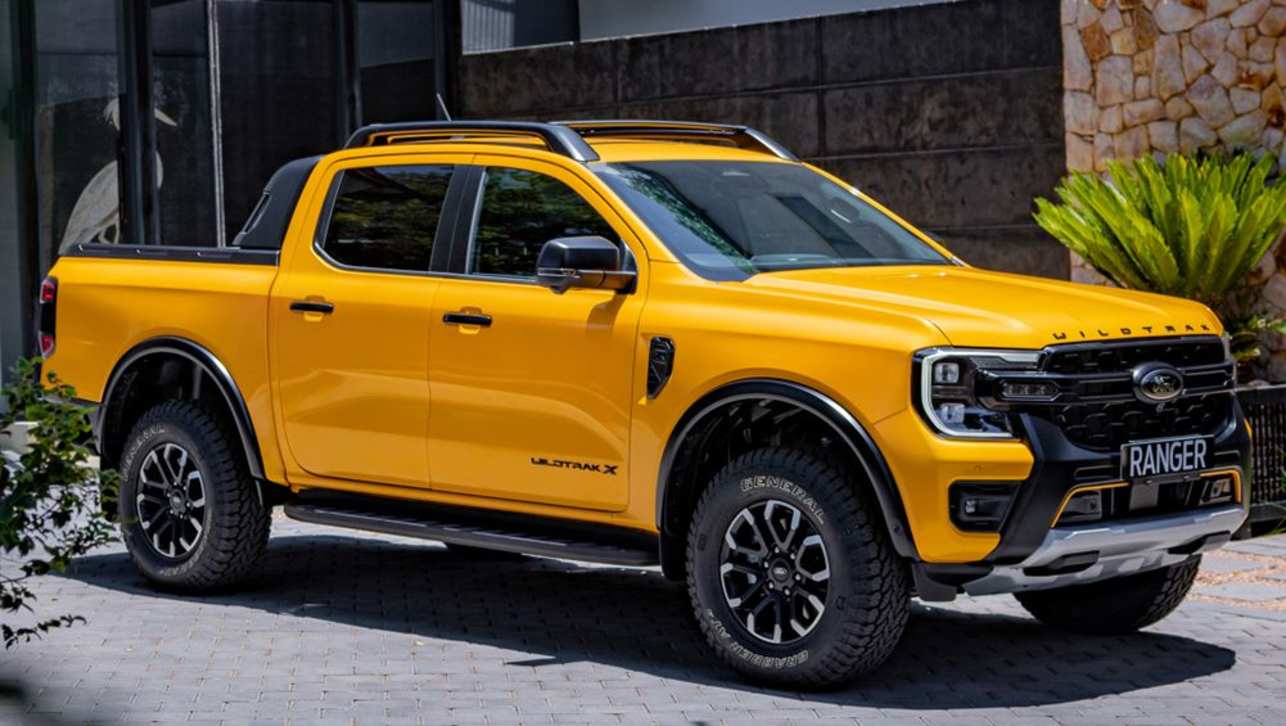The Australian car manufacturing industry is officially on death row — and governments know it but are continuing with their facade to try and save it.
A top secret document – leaked to the Adelaide Advertiser – prepared independently for the SA Government using information supplied by Holden has found “our key working assumption is that manufacturing/assembly of mass-market vehicle platforms at GMH (General Motors-Holden) is not sustainable".
The briefing prepared by University of Adelaide Professor Goran Roos has revealed “it is therefore likely that vehicle assembly will eventually cease: 2016 being the earliest likely date".
The report also explores the possibility of a Holden factory shutdown in 2018 and 2022, but these scenarios are much less likely.
A 2016 end date would put Holden’s Elizabeth factory shutdown in South Australia in the same year as Ford’s factory closures in Broadmeadows and Geelong in Victoria.
If Holden goes, well-placed Toyota insiders say the Japanese maker will almost certainly follow in 2017 — the end of the current Camry model cycle.
Toyota’s Altona factory near Melbourne is facing the same highly optimistic cost reduction targets of $3800 per vehicle or $400 million per year.
"If Holden were to close, then the (parts) supply chain would start to fail and this, in turn, may well lead to Toyota ceasing Australian operations," the report said.
"Only 30 per cent of Tier 1 suppliers would survive the closure of GMH and Toyota."
The "cabinet in confidence" document also confirms every Holden fan’s worst nightmare.
In the unlikely scenario that the new generation Holden cars get built from 2016 onwards, the large sedan that replaces the Commodore will be front-wheel-drive.
In a stunning revelation, the report says that Holden will not have a rear-wheel-drive car in its line-up — which also rules out a V8 for the first time since 1968 — and it does not yet have a contingency.
"The true impact of not retaining this offering is not clear. However GMH is likely to experience some sales erosion sand migration to other brands," the report said.
When the Falcon and its performance models bow out in 2016, Ford will import the Mustang coupe from the US to appeal to the enthusiast market.
"The next gen model mix also excludes the ute variant," the government report said, confirming a News Corp Australia exclusive from a fortnight ago.
The briefing paper reveals that Holden’s future manufacturing plans are a basket case that will lose the company money, even with an increase in taxpayer support.
It says Holden’s sales forecast of its front-wheel-drive car "err towards the optimistic".
Meanwhile the assumption of a sales increase for Holden’s next generation small car — the most competitive segment of the market — "have a greater downside risk than upside".
Both of these assessments shoot holes in Holden’s case for an increase in taxpayer funding, as does Holden’s internal forecast of a financial loss over the life of the two new models.
"Of concern is the fact that the current Commodore … is profitable, whilst the Cruze platform is unprofitable," the report said.
"In simple terms (Holden) has chosen to drop a profitable platform and replace it with further platforms that have so far proven to be uncompetitive."
The report believes Holden’s manufacturing cost reduction targets "are aggressive and there is no specific plan in place to achieve these targets".
The local content of Holden’s future models — if they were to be built — is also likely to be severely impacted.
"In many cases, global suppliers have been locked in for global platform contracts," the report says.
"For an Australian-based supplier to gain global share it would have to dislocate a current global competitor.
"Even if an Australian based supplier could offer a cheaper alternative for (Holden) locally it would not be adopted as it could interfere with the broader global GM supplier relations."
Holden is also exploring the "unusual option" of extending the life of the current Commodore until 2018.
But this scenario is unlikely unless Holden goes ahead with the new models that will keep the factory running from 2016 to 2022.
All of the above makes for grim reading for Holden and Toyota workers and their colleagues in the parts supply industry. But it is the reality.
Given that this is a government report, I’d really like to know why State and Federal politicians have been continuing their facade to try and save the car manufacturing industry, when they know it’s doomed.
Next time a politician makes a pledge to bring the car industry back from the brink, remember they’ve read the same poignant facts you just have. It may as well be dead air.
This reporter is on Twitter: @JoshuaDowling







.jpg)
.jpg)
.jpg)

.jpg)


.jpg)


.jpg)

.jpg)


.jpg)







Comments